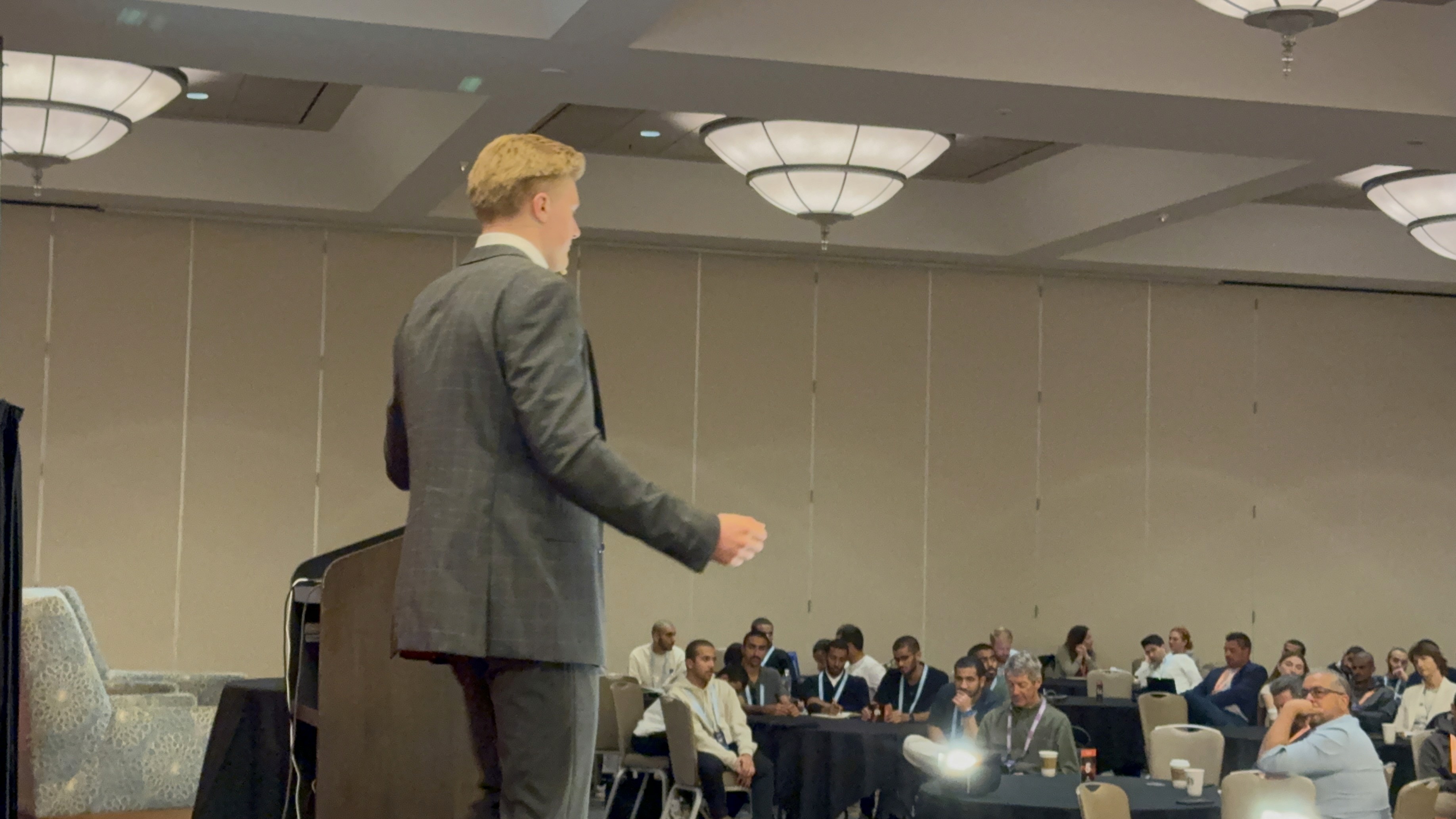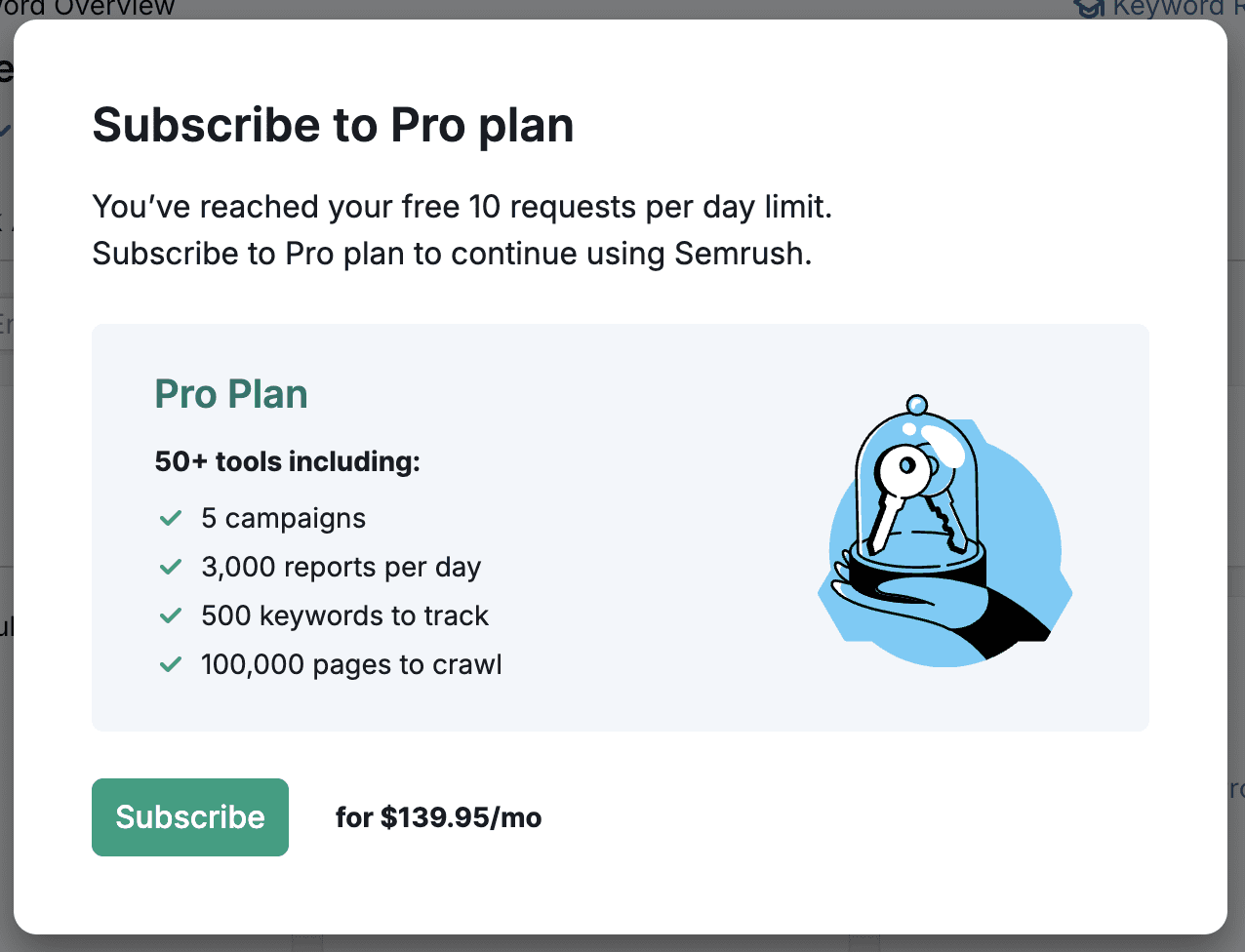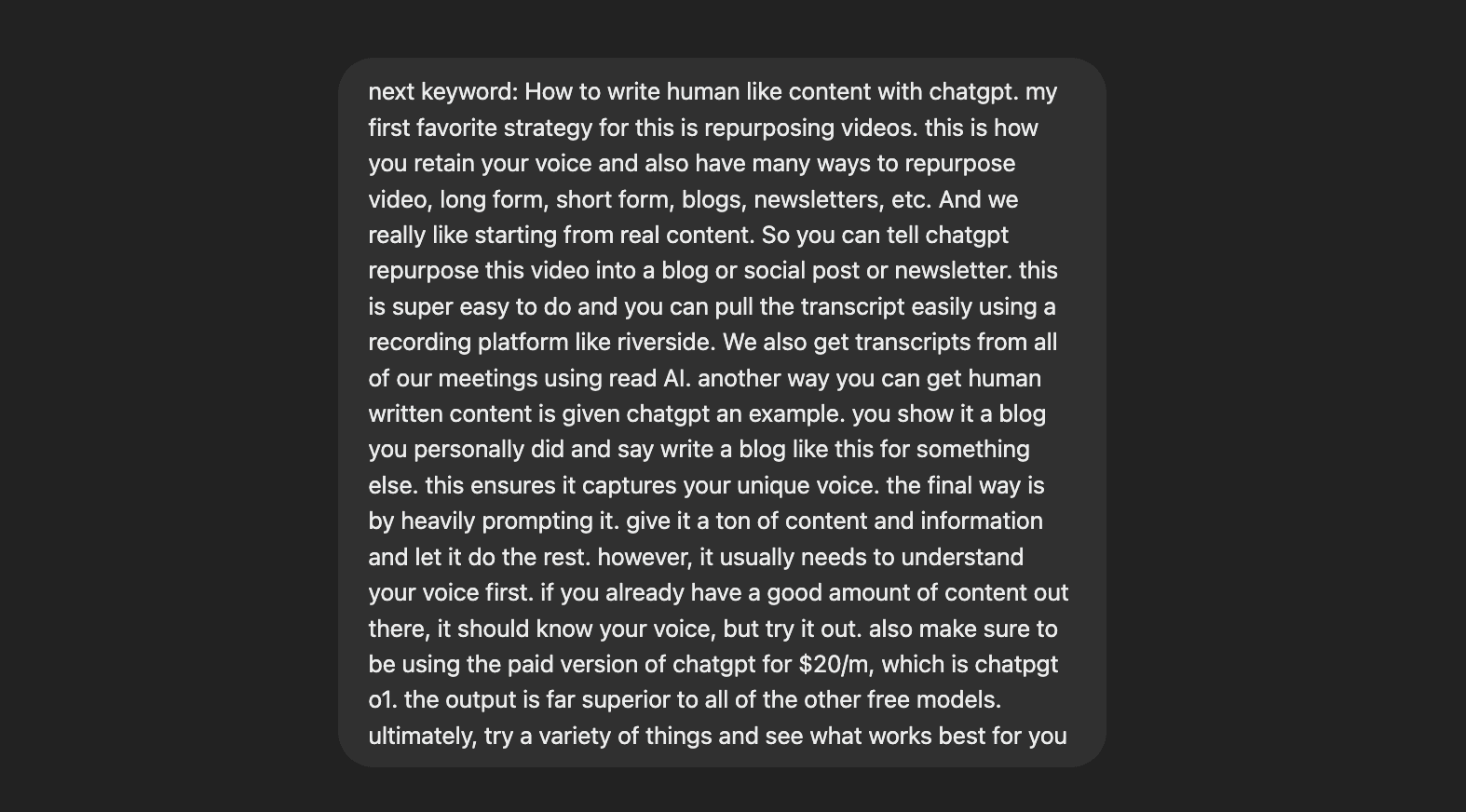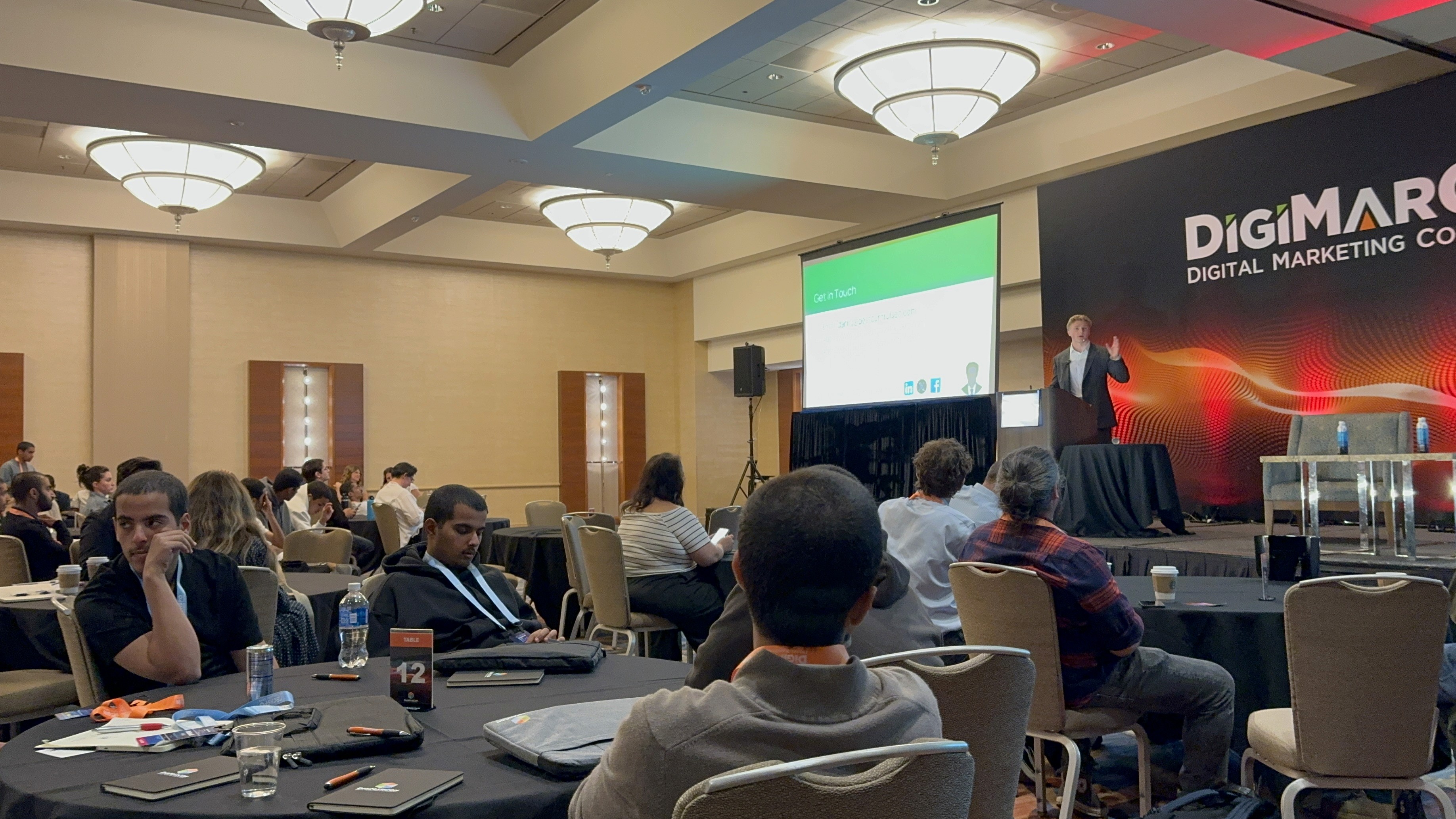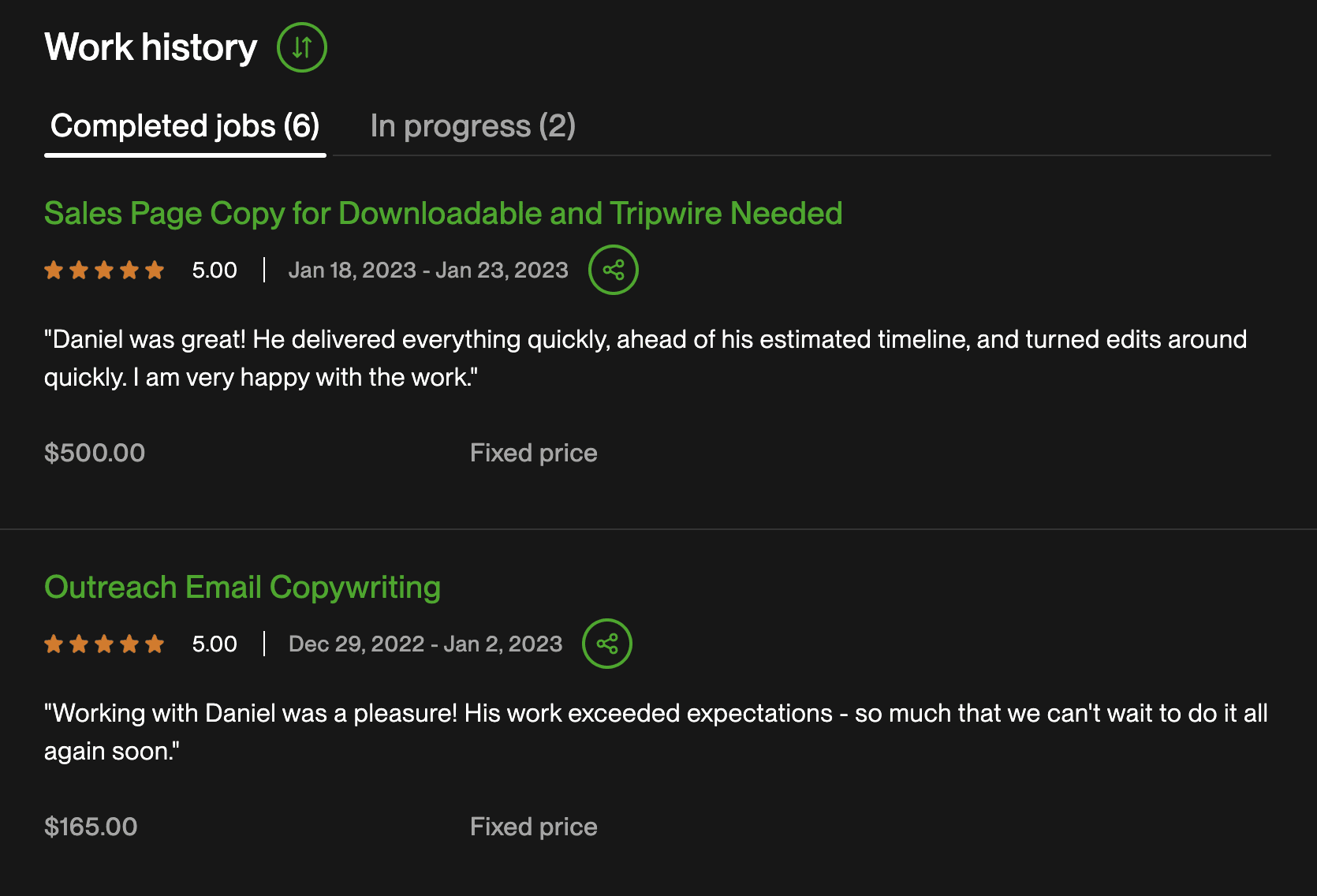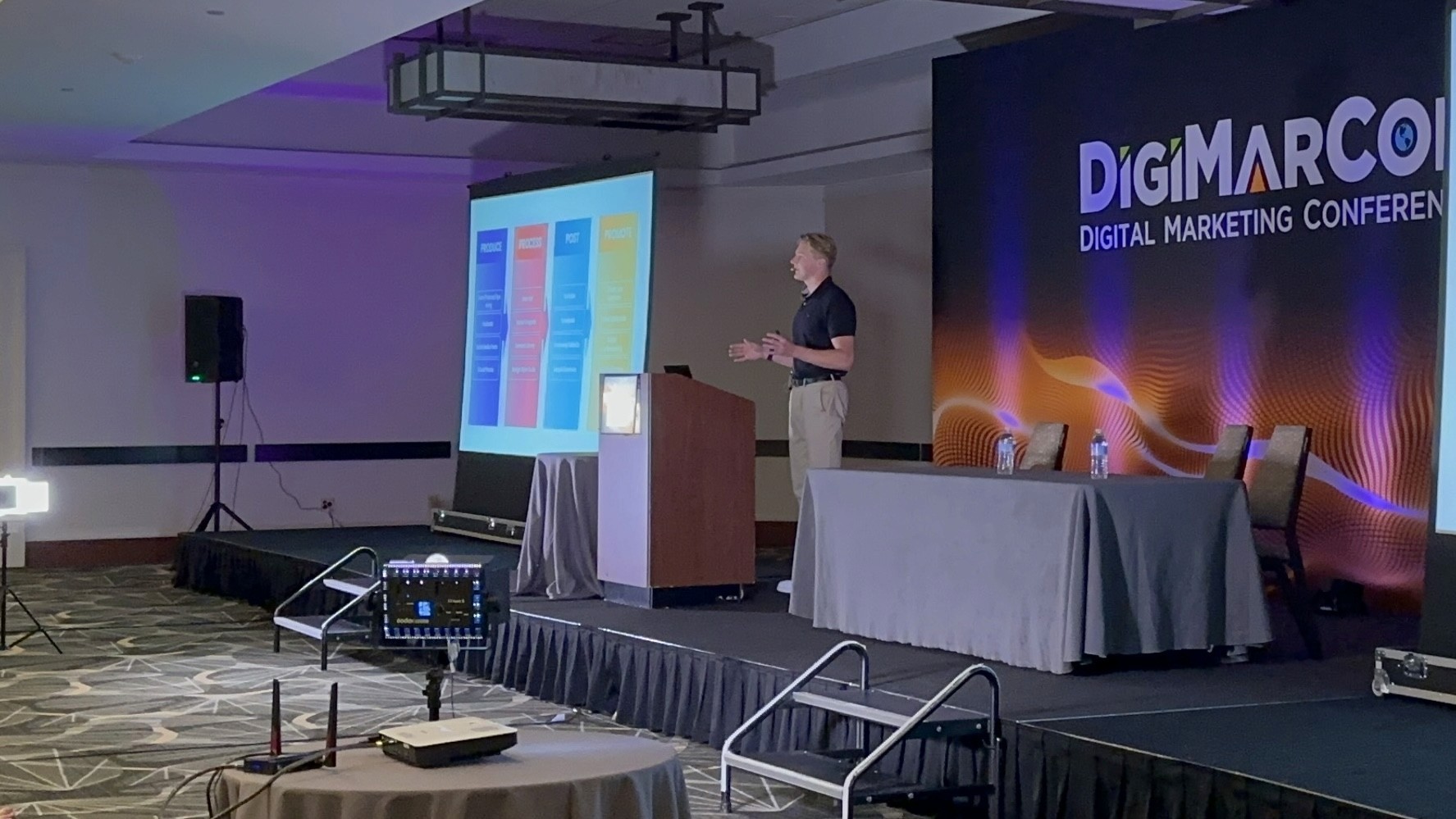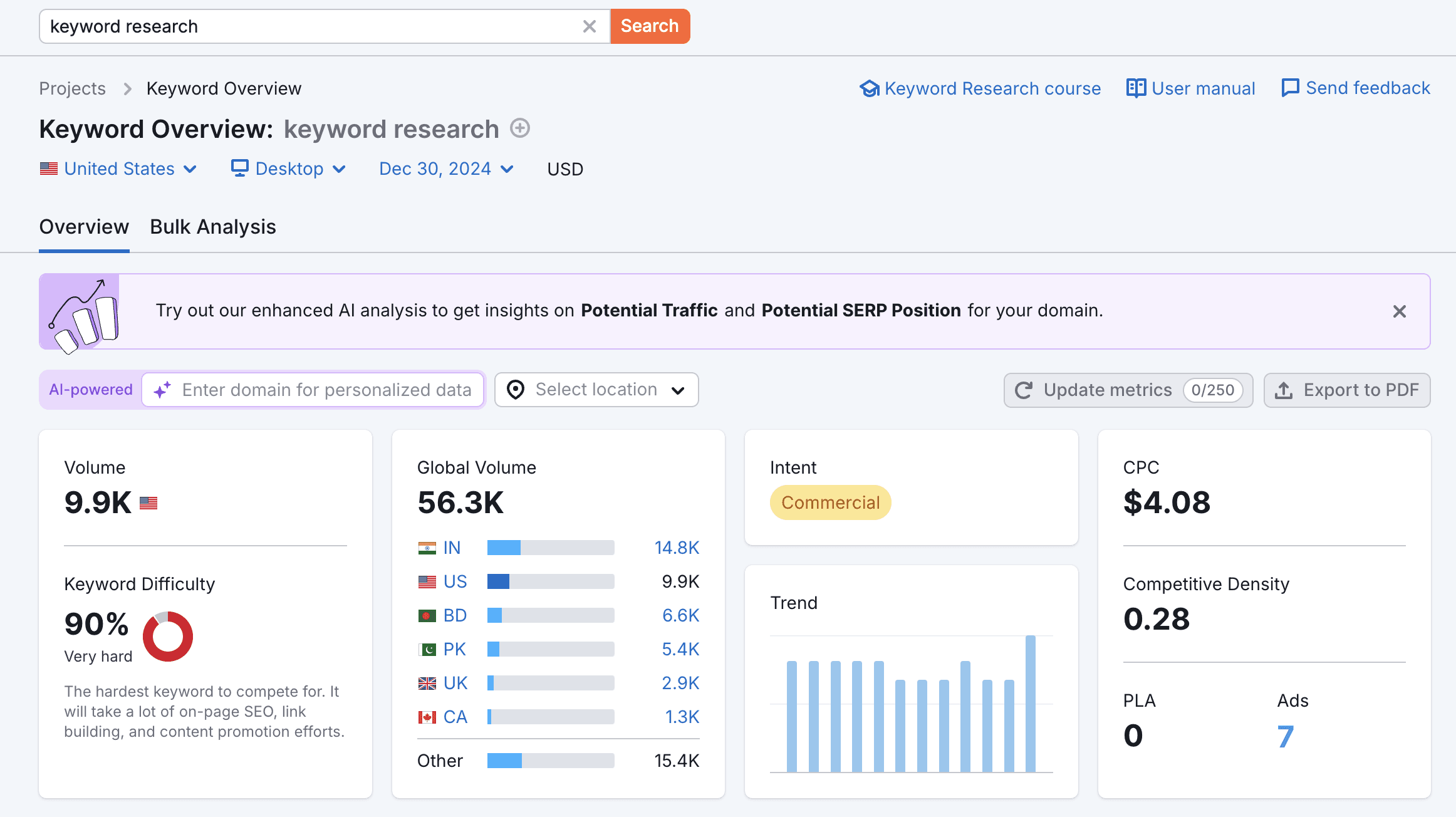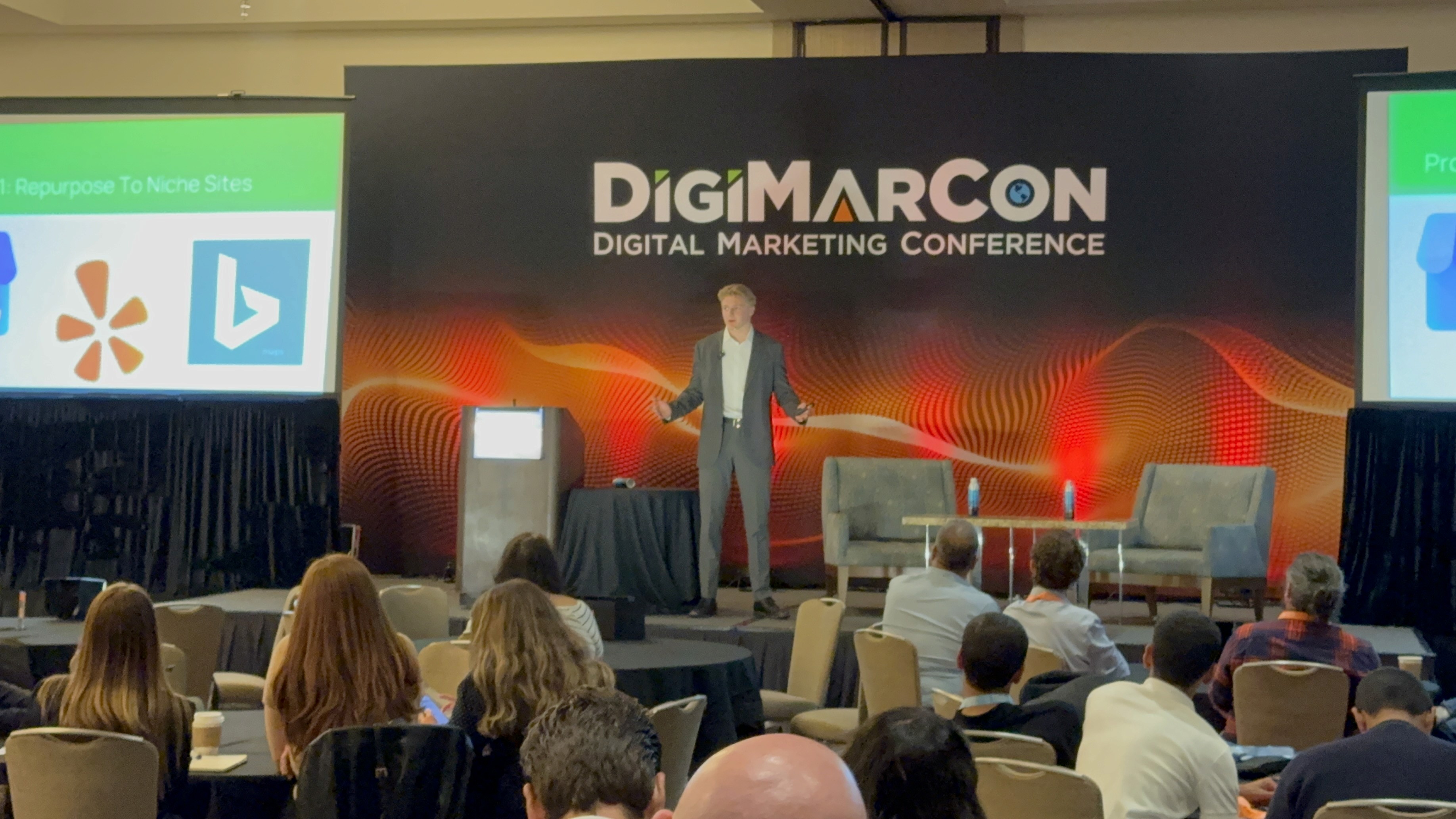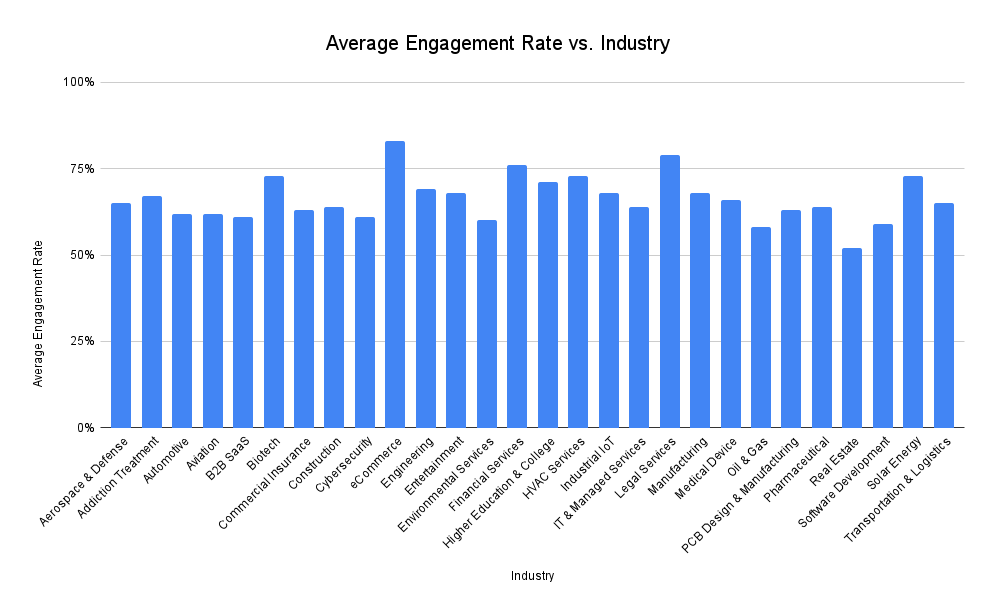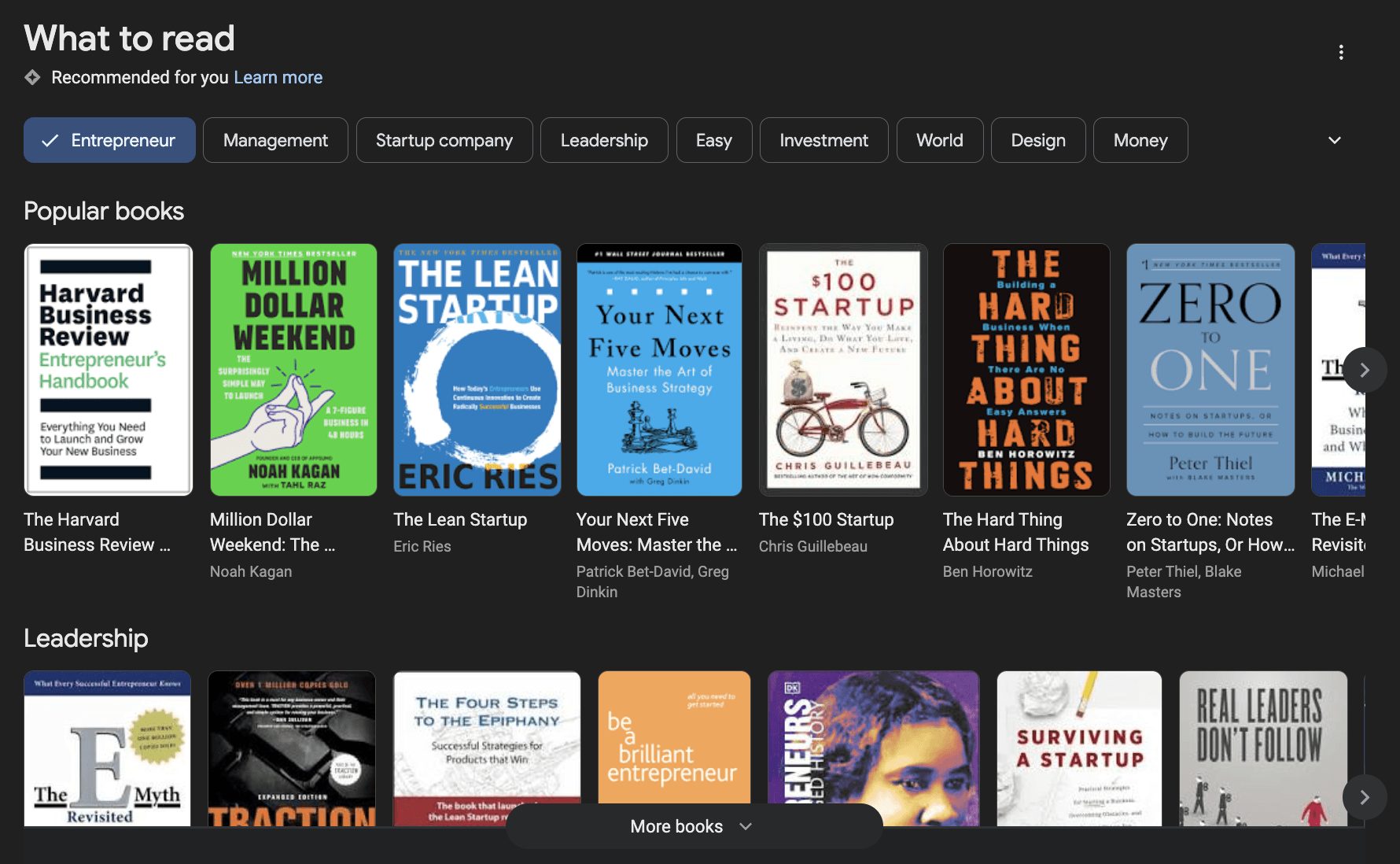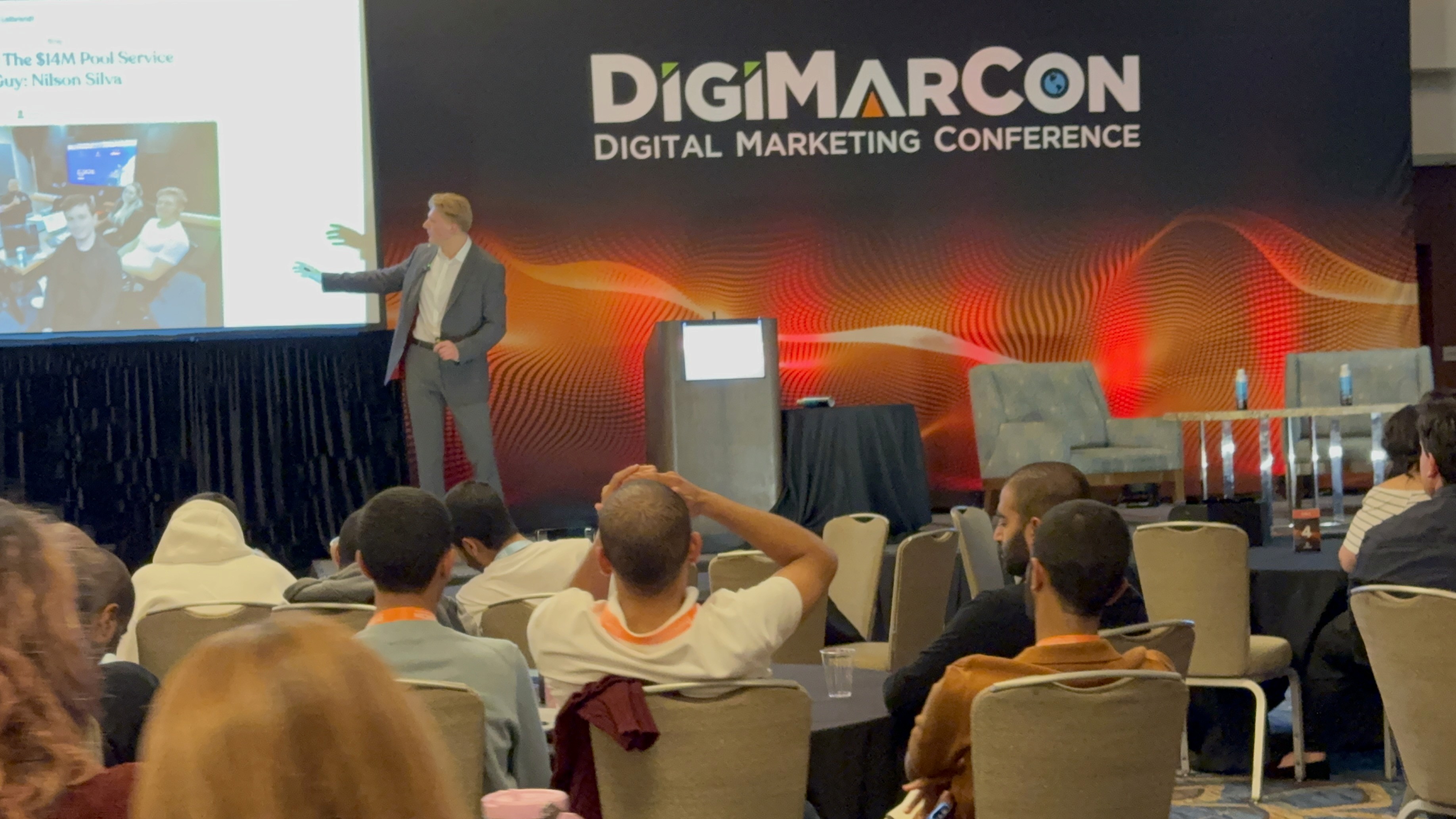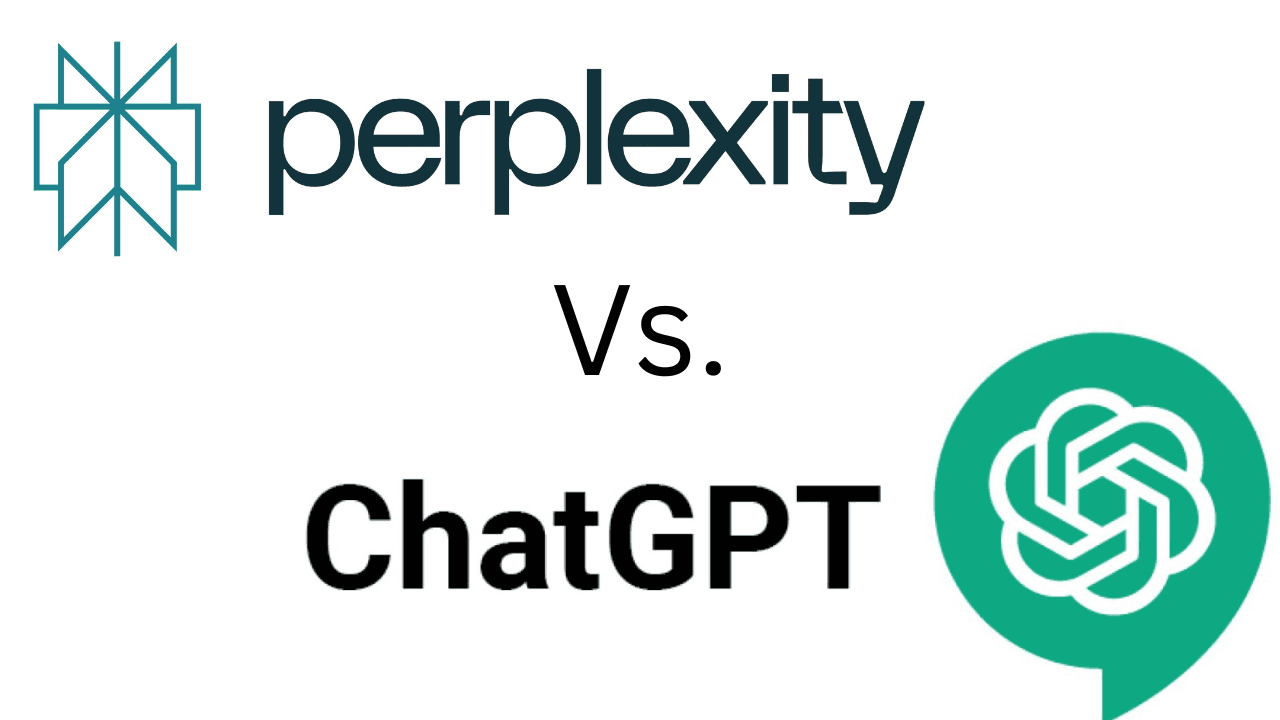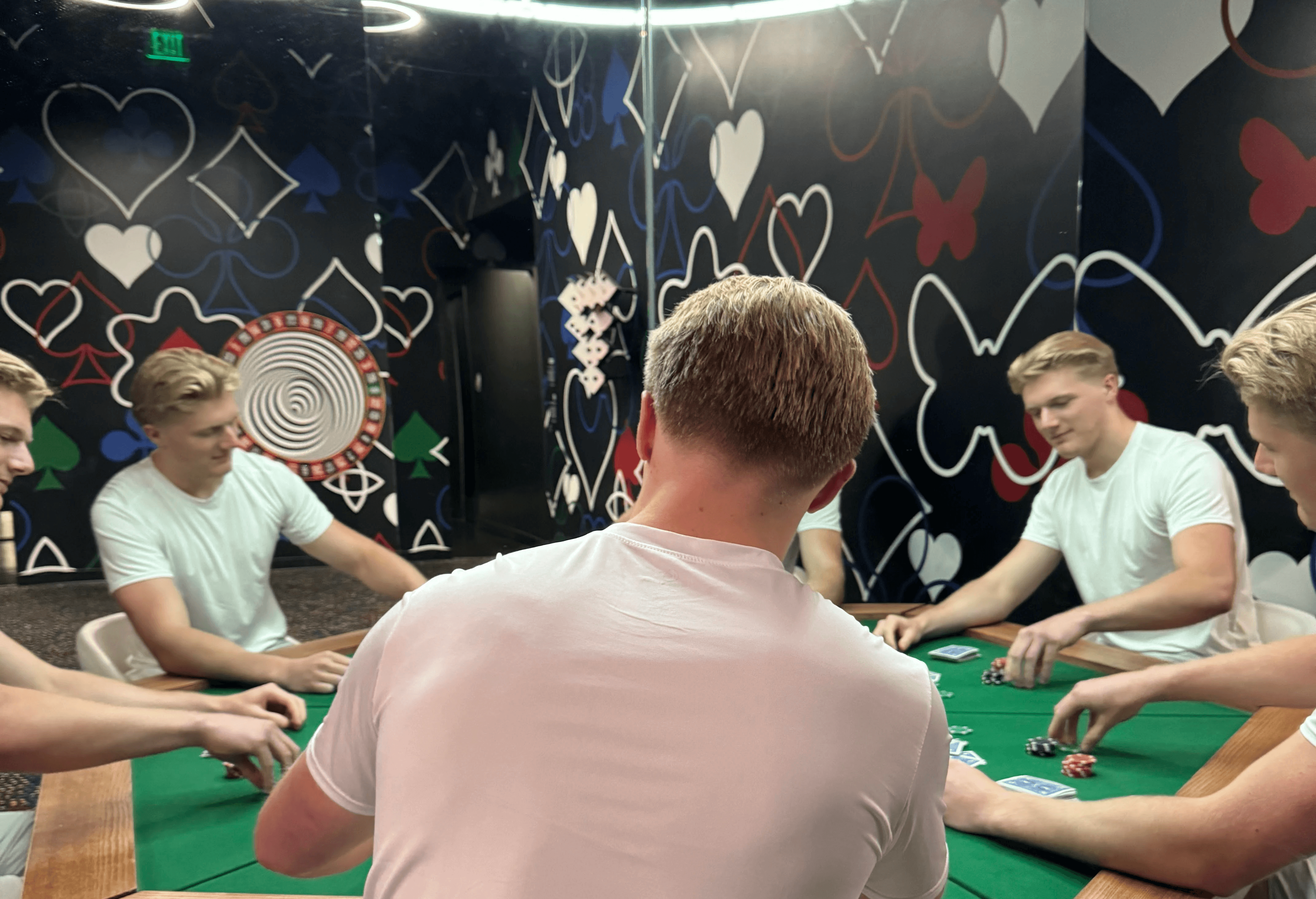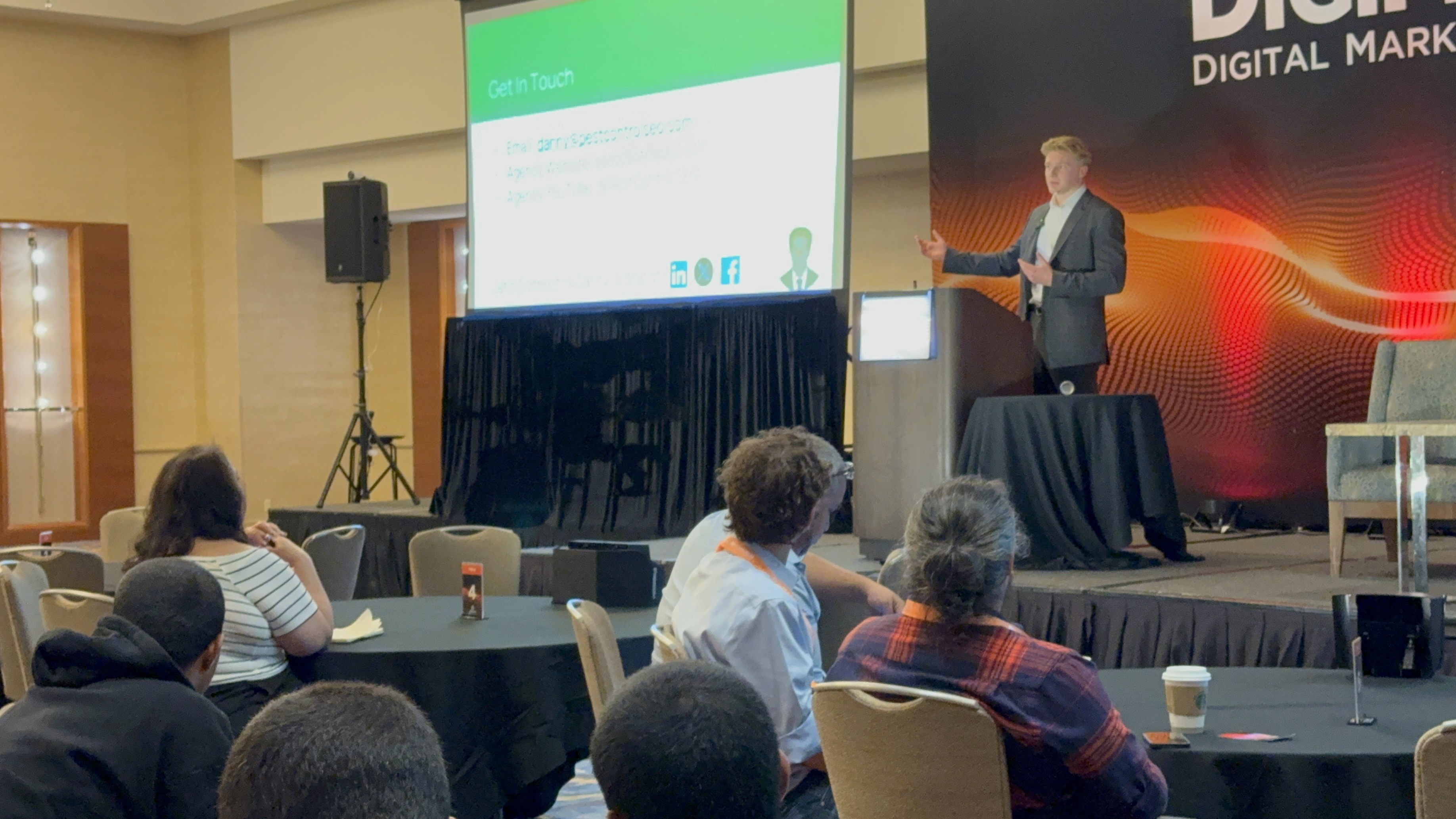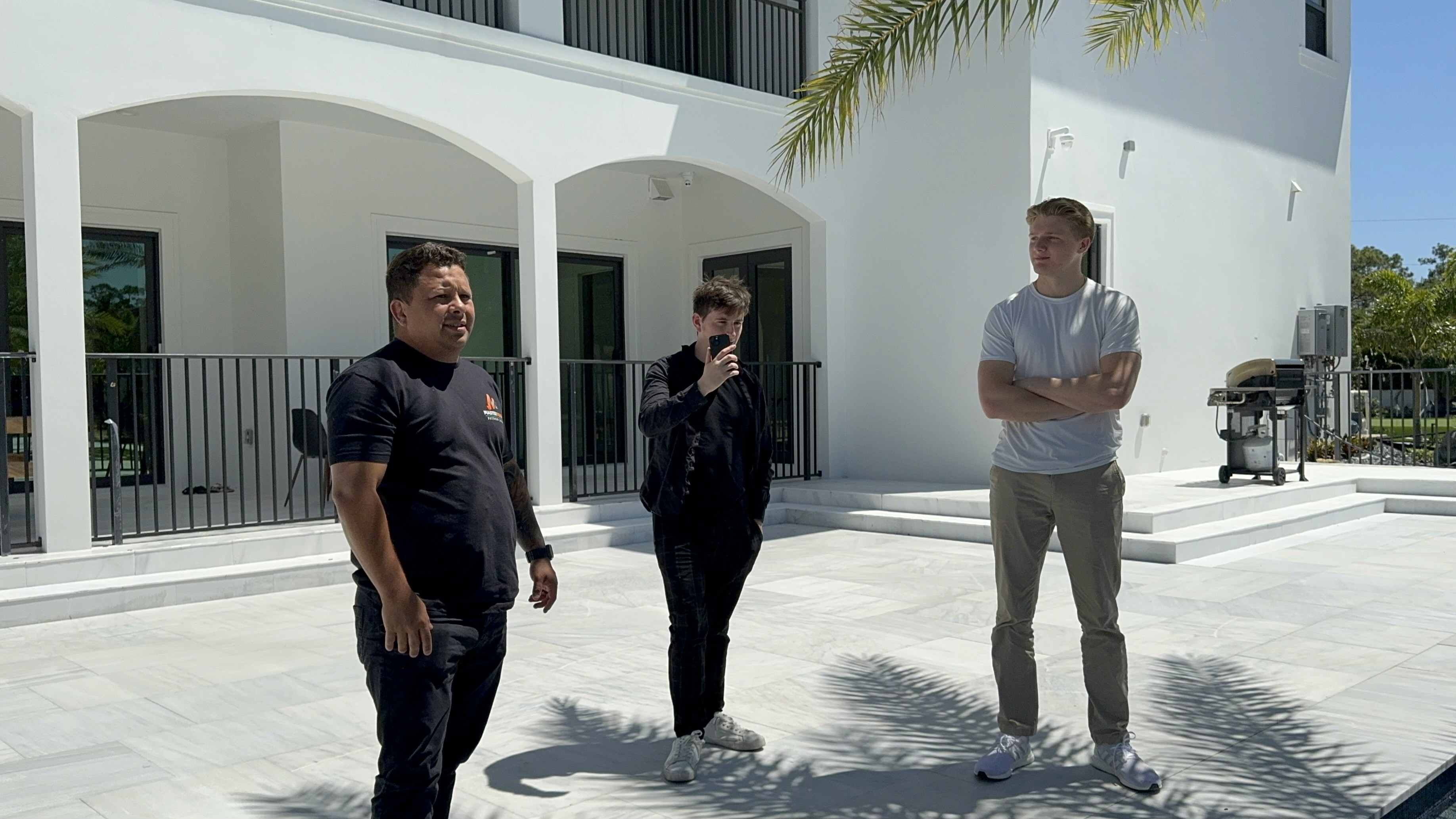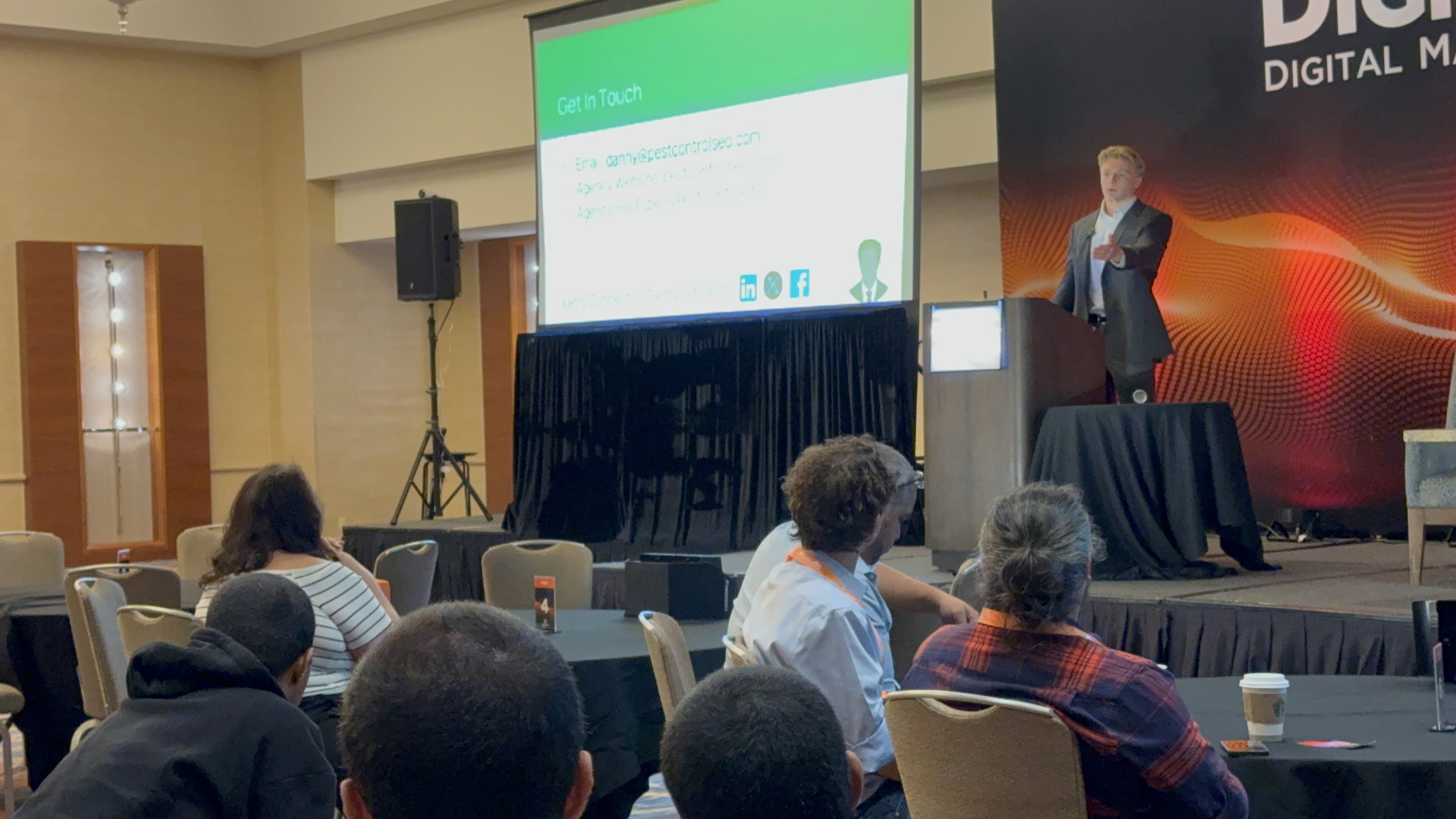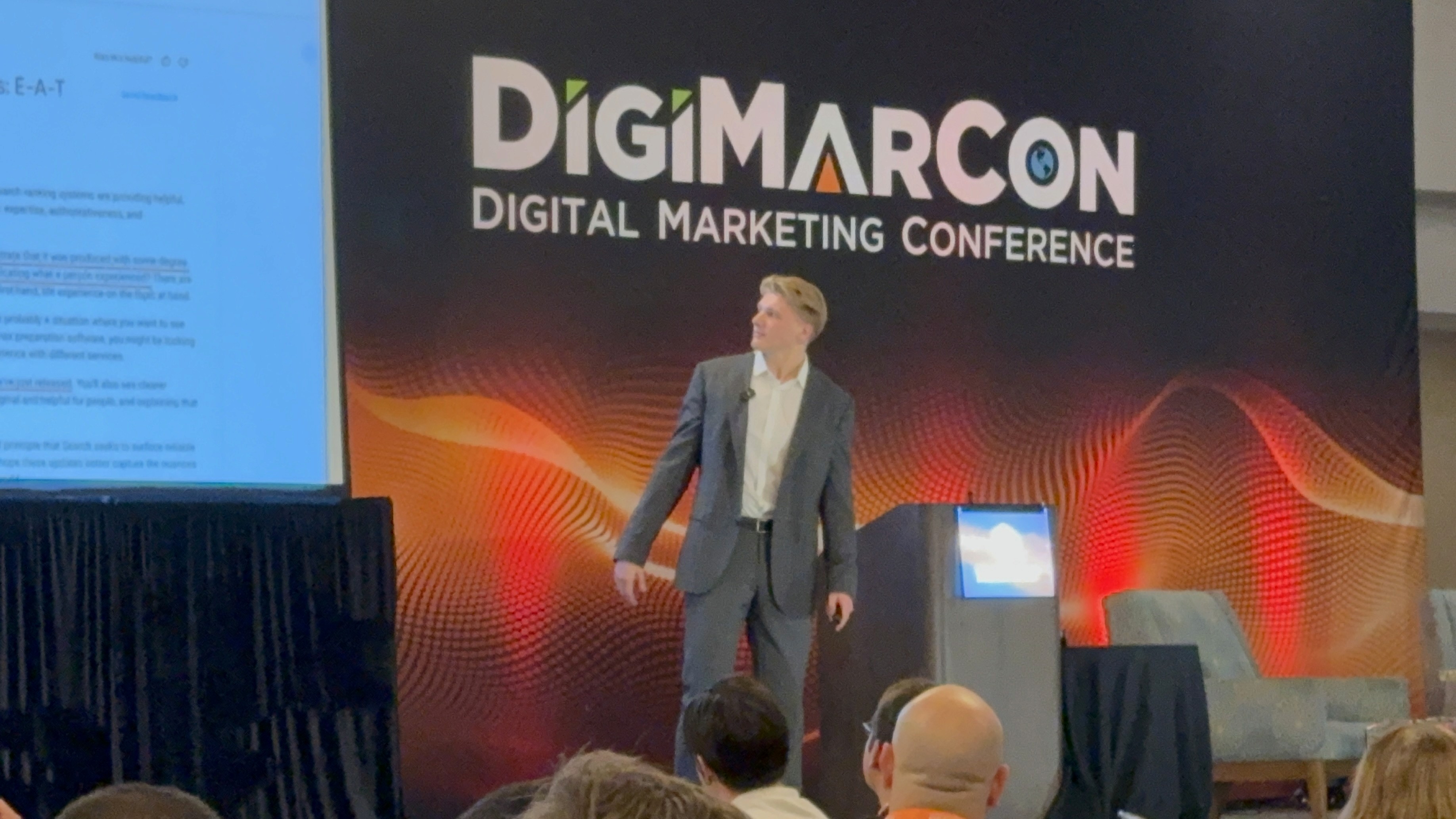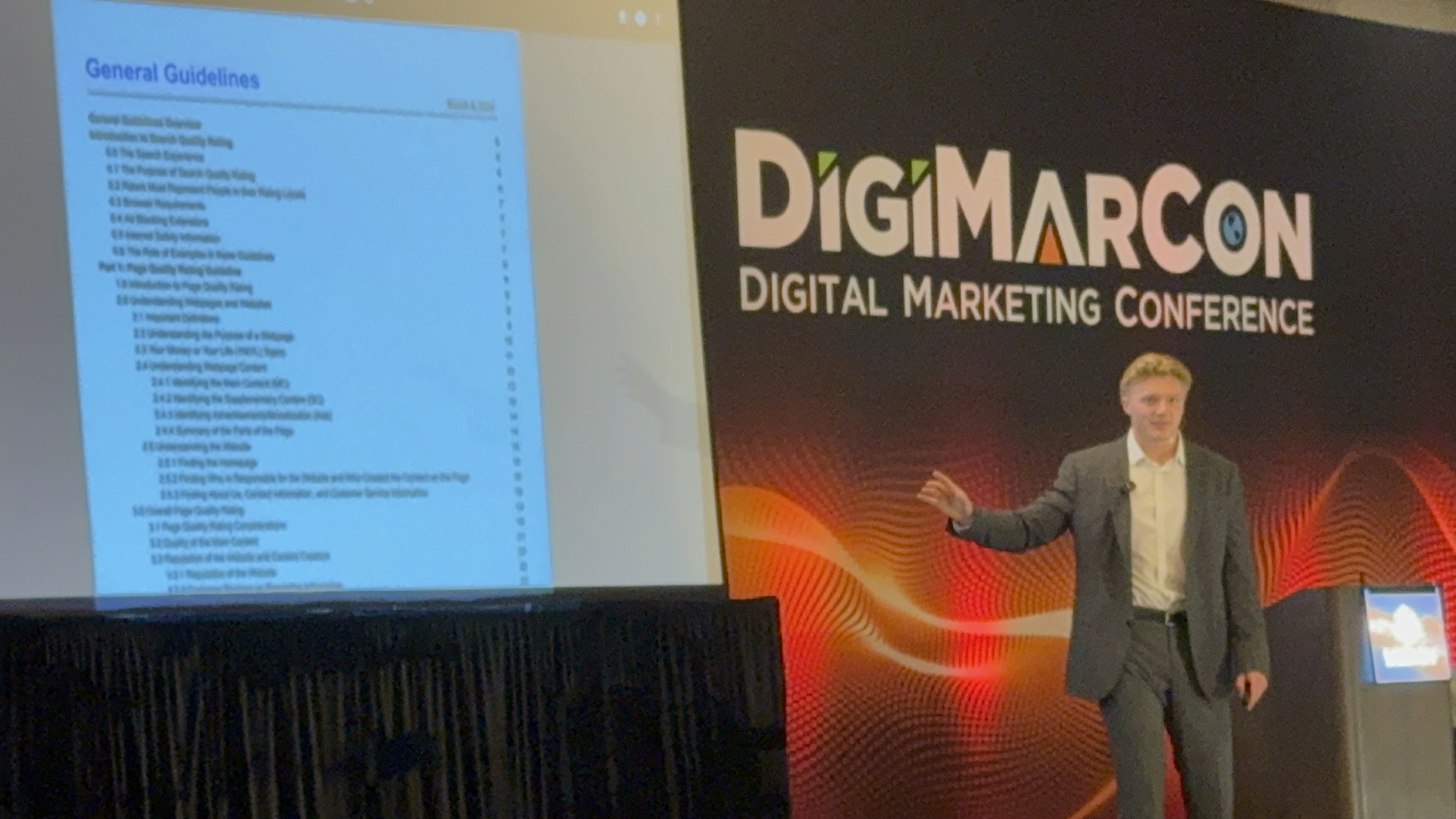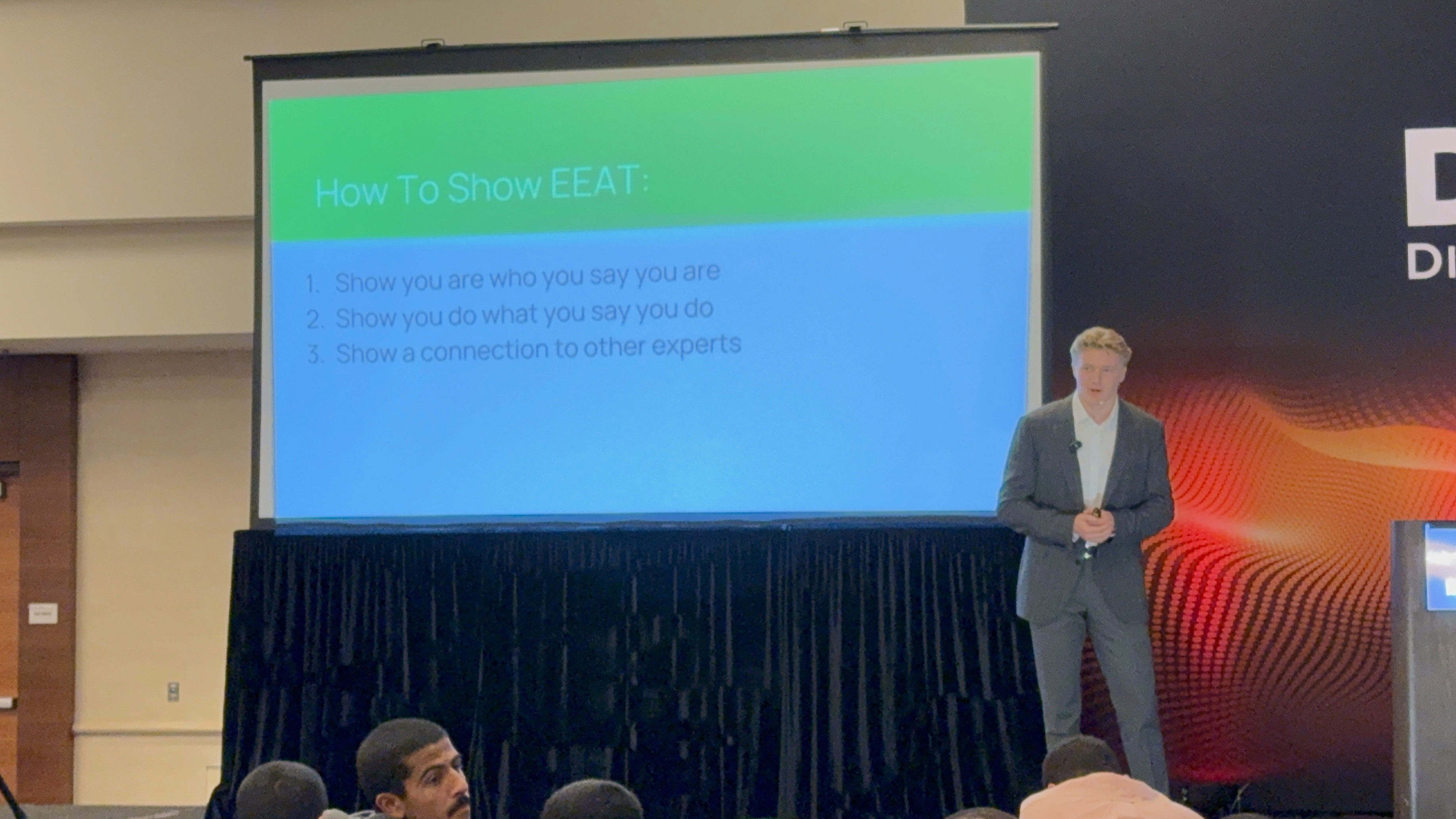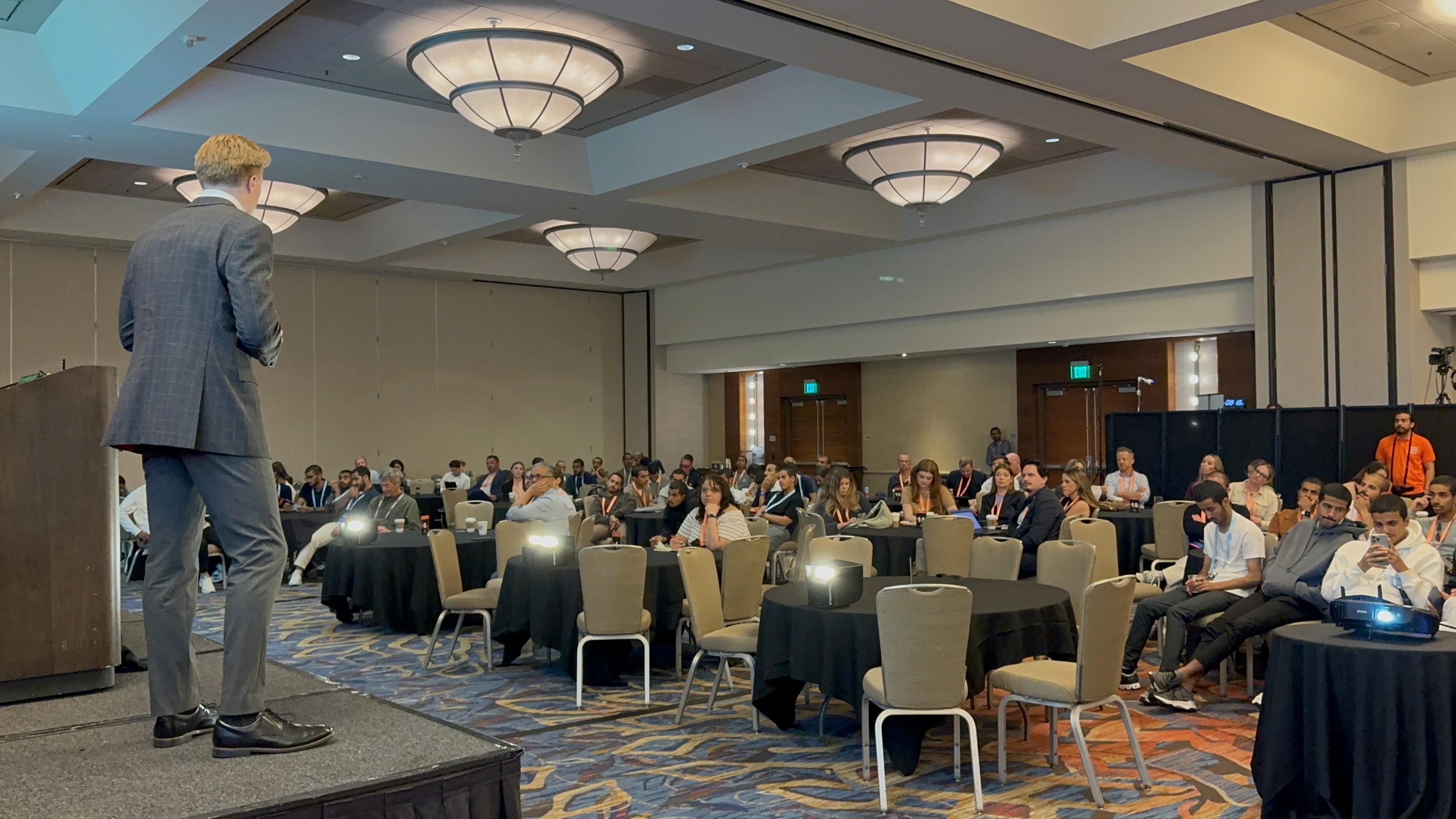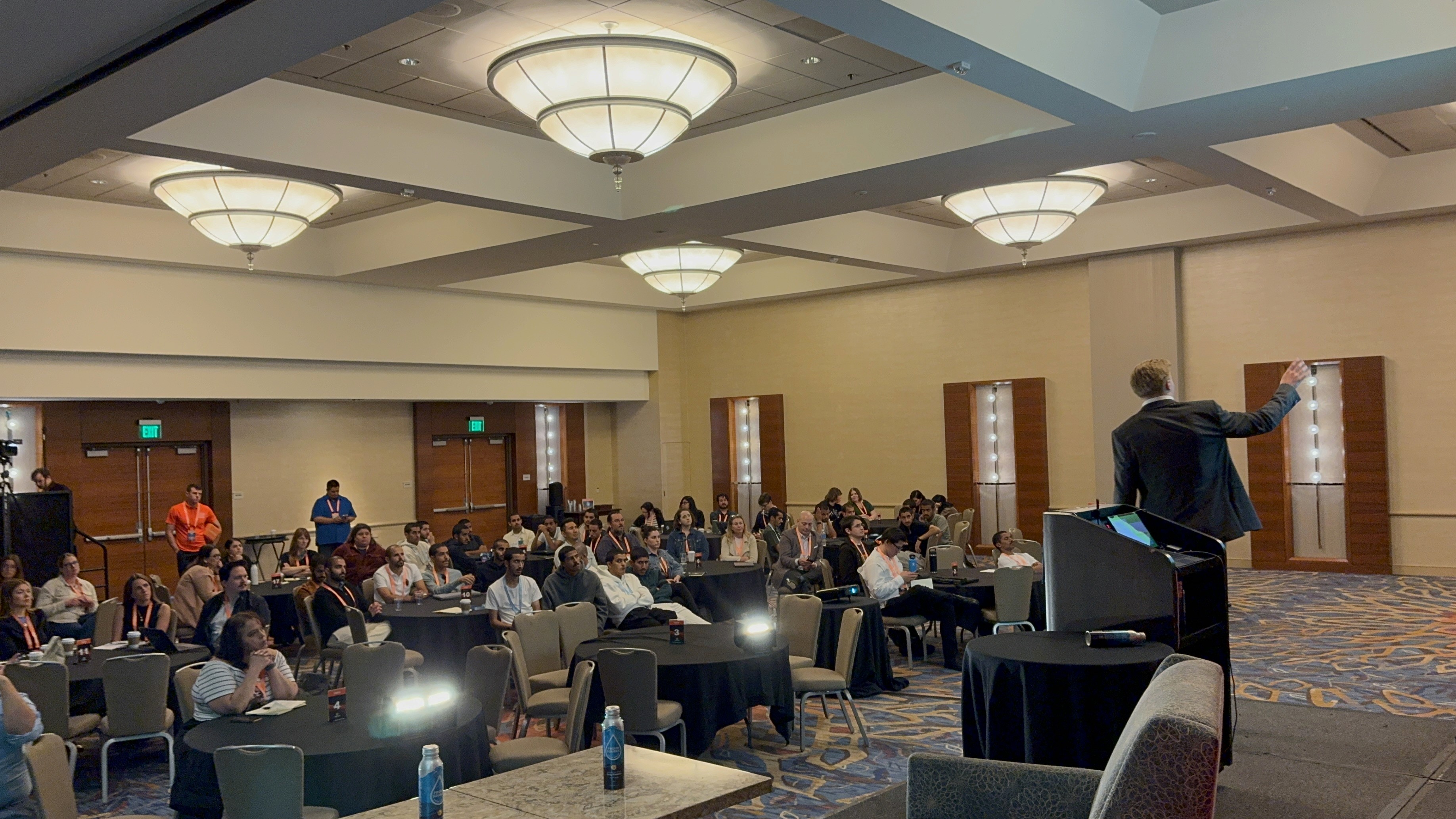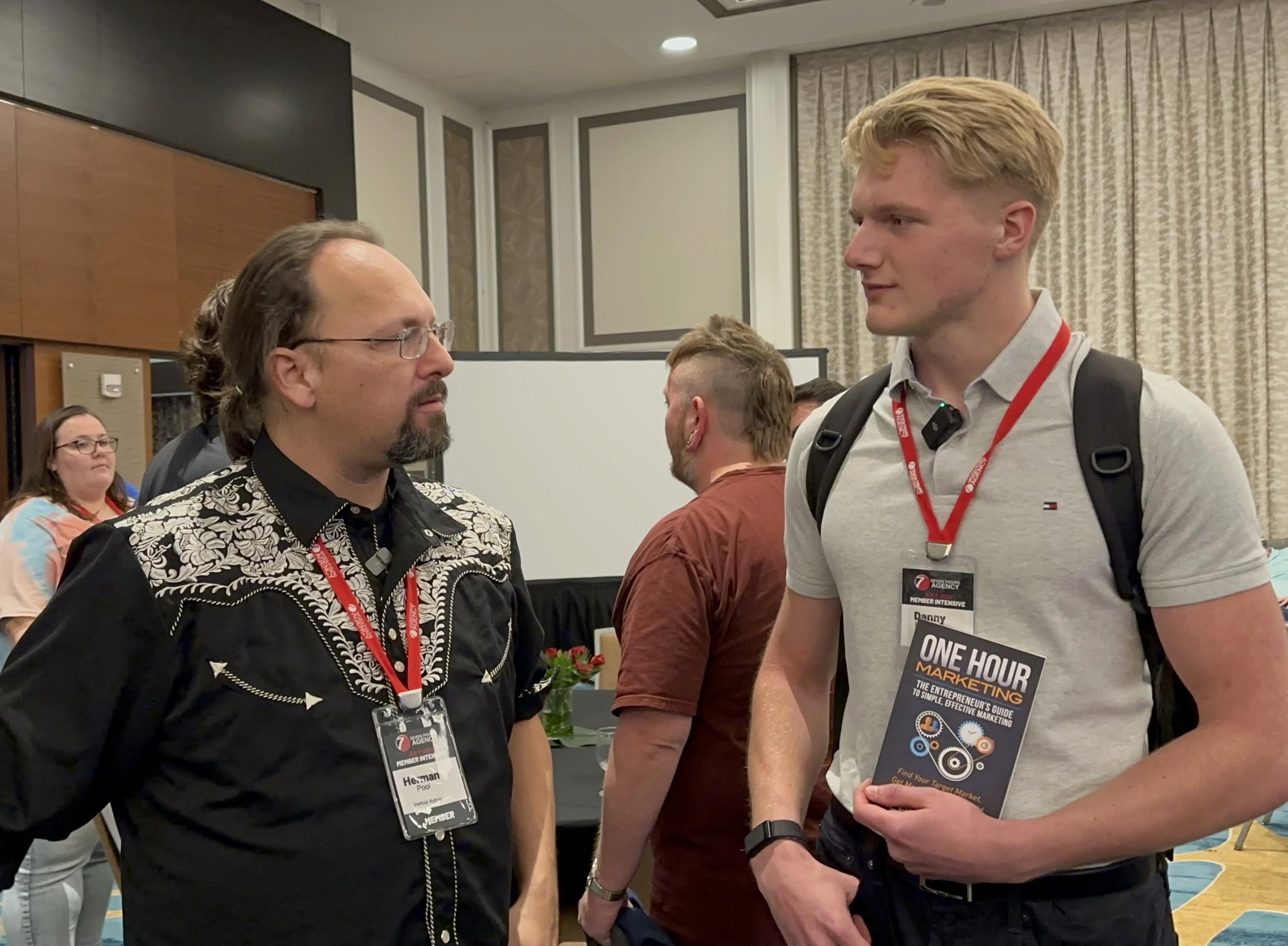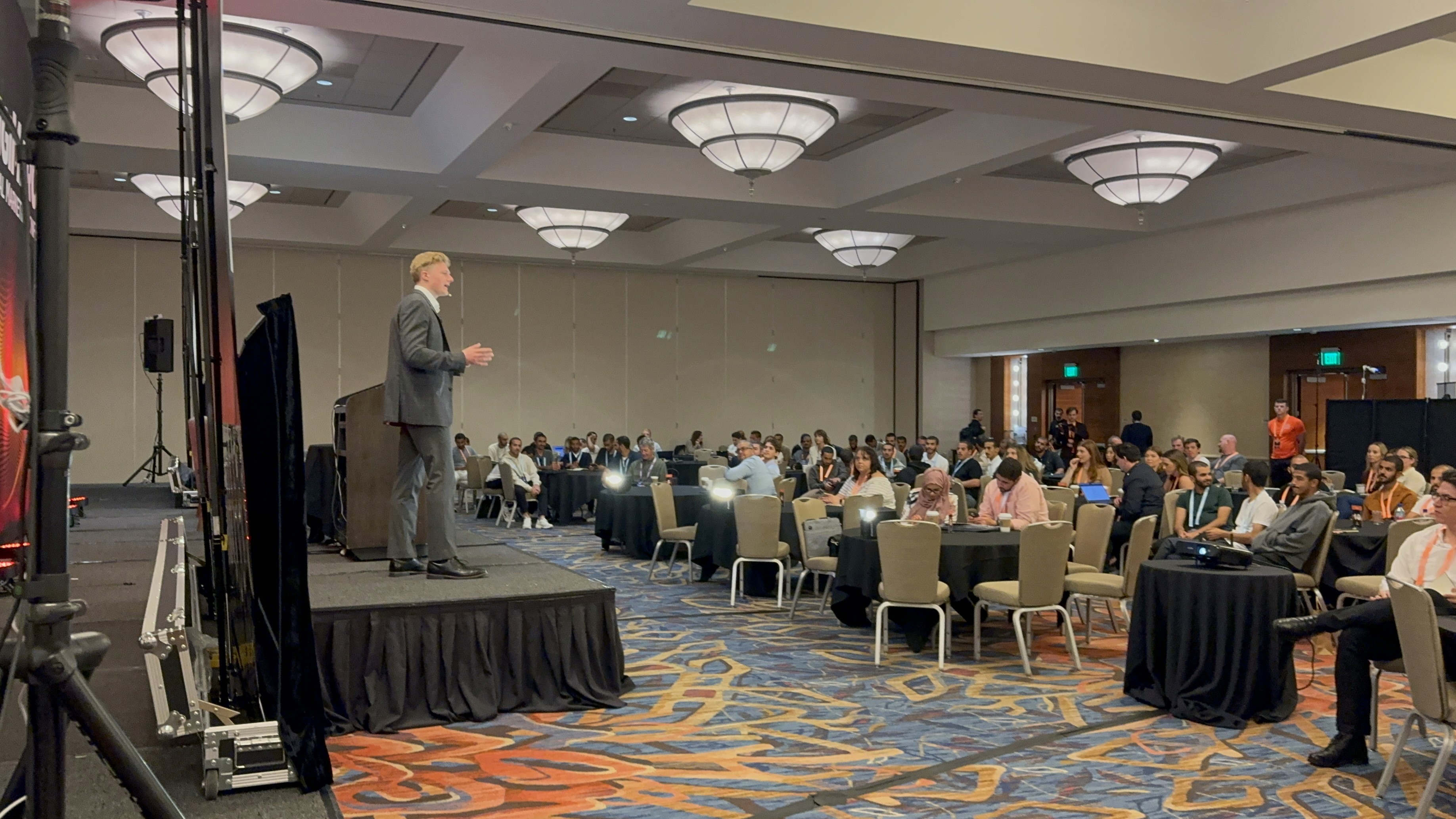Local Marketing Secrets
How To Do Local SEO The Right Way: Mike Blumenthal
Aug 5, 2024
Hey there, Danny here. If you’ve been around my world for any length of time, you know I’m all about helping pest control companies thrive with SEO. But sometimes, to see the bigger picture, you’ve got to learn from the best in the broader Local SEO universe. Recently, I had the privilege of chatting with Mike Blumenthal—often called the “OG” of Local SEO.
Mike’s been in marketing for over 40 years (yeah, four decades!) and local SEO for nearly two of those. He’s co-founded multiple companies—including GatherUp, LocalU, and Near Media—and made a significant impact on how businesses appear and compete in local search results.
/ / / / / / / /
From Traditional Marketing to Local SEO
When Mike first got into marketing, he was running a family business that sold computers. Back then, to reach a larger customer base, he had to figure out how to market beyond his small hometown. That led him to explore early avenues of advertising—like Yellow Pages (remember those?)—before diving deep into web design and, eventually, SEO.
The Big Transition
Around 2005, Google introduced Google Maps. Suddenly, businesses had a new way to show up in local search results, and Mike realized he could toss his stack of massive Yellow Page books right into the recycling bin. That was his light bulb moment: Local SEO was going to reshape the entire marketing landscape.
Since then, Mike’s been an industry thought leader. He started blogging about local SEO in 2006—at a time when basically nobody else was. That blog opened doors to speaking engagements and led him to collaborate with other experts, culminating in the creation (and eventual sale) of several successful SaaS platforms.
Super In-Depth Consumer Behavior Analysis
One of the most fascinating things Mike is doing right now at Near Media is consumer behavior research. They gather panels of real people and record how these folks search on Google for a specific type of service. This isn’t theoretical guesswork or data from a thousand anonymous clicks—it’s watching real people solve real problems.
Why This Is Awesome:
You see exactly what Google is showing them.
You hear people talk about what matters most to them—price, proximity, reviews, photos, you name it.
You discover that user intent varies wildly based on the vertical (for example, pest control vs. home remodeling vs. medical services).
Key Insight: The Truth About Reviews
We often think everybody is poring over every single review, reading them line by line. The reality? According to Mike’s research, a large percentage of people never even read the written reviews. They’ll glance at the overall star rating and the number of reviews, then move on.
But for those who do read reviews, they look for recency, the owner’s response, and whether the reviewer seems legit. So yes, negative reviews matter—but probably less than you think. Make sure you’re getting enough reviews to appear competitive in your market, yet don’t obsess over having hundreds. Also, be sure to respond where it counts and keep delivering great service.
Local Service Ads: Powerful but Imperfect
Mike also touched on Local Service Ads (LSAs), which for many industries can be a goldmine. I completely agree—if you’re in pest control, LSAs are usually a must. The tricky part is that Google’s oversight on LSAs isn’t always as thorough as it should be, especially when it comes to dealing with fake reviews or questionable listings. Still, if you can use them, you absolutely should. There’s too much opportunity to pass up.
Gathering Feedback vs. Gathering Reviews
Something that really stood out to me (and I’ve been preaching a version of this for a while) is the importance of first-party feedback over obsessing about Google reviews. Sure, you want enough positive public reviews to appear credible. But if you’re not using a system to gather honest customer feedback—good, bad, and everything in between—you’re missing out on one of the best ways to improve your business.
Turn Complaints into a Better Business
When a customer complains to you directly (instead of blasting you on Google), that’s a gift. It’s your chance to fix the issue and, more importantly, optimize your processes so future customers never experience the same problem. That’s the real ROI of a rock-solid feedback loop.
The Future of Local SEO
With AI technology shaking up search results, many wonder if local SEO is going to take a hit. Mike says, “Not so fast.” AI can be extremely expensive for Google to implement, so for local queries—where Google’s already strong—they’re doubling down on their existing knowledge graph data and presenting it in new ways.
What to Expect
More specialized local results.
Increased visibility for images and videos in local search.
Potential AI integrations for broader or more complex queries (e.g., big “trip-planning” type queries).
But at the end of the day, the fundamentals haven’t changed much since 2007. If you provide a stellar user experience and make it crystal clear online that you do so, you’ll stay ahead of the curve.
Where You Can Find Mike
Mike’s everywhere you’d expect:
Near Media: nearmedia.co (He publishes regularly there)
Twitter: @mblumenthal
LinkedIn: Search “Mike Blumenthal”
And he’s got an open email policy. If you have a quick question, he’ll do his best to help.
Final Thoughts
It was an absolute honor to have Mike share his story and insights. The big takeaways? Local SEO is less about hacks and more about truly understanding what your customers want. Gather (and actually use) customer feedback, keep a watchful eye on how your business presents itself in local results, and let AI complement your strategy rather than distract from it.
P.S. Check out the full episode here:
Latest
More Blogs By Danny Leibrandt
Get the latest insights on business, digital marketing, and entrepreneurship from Danny Leibrandt.





















